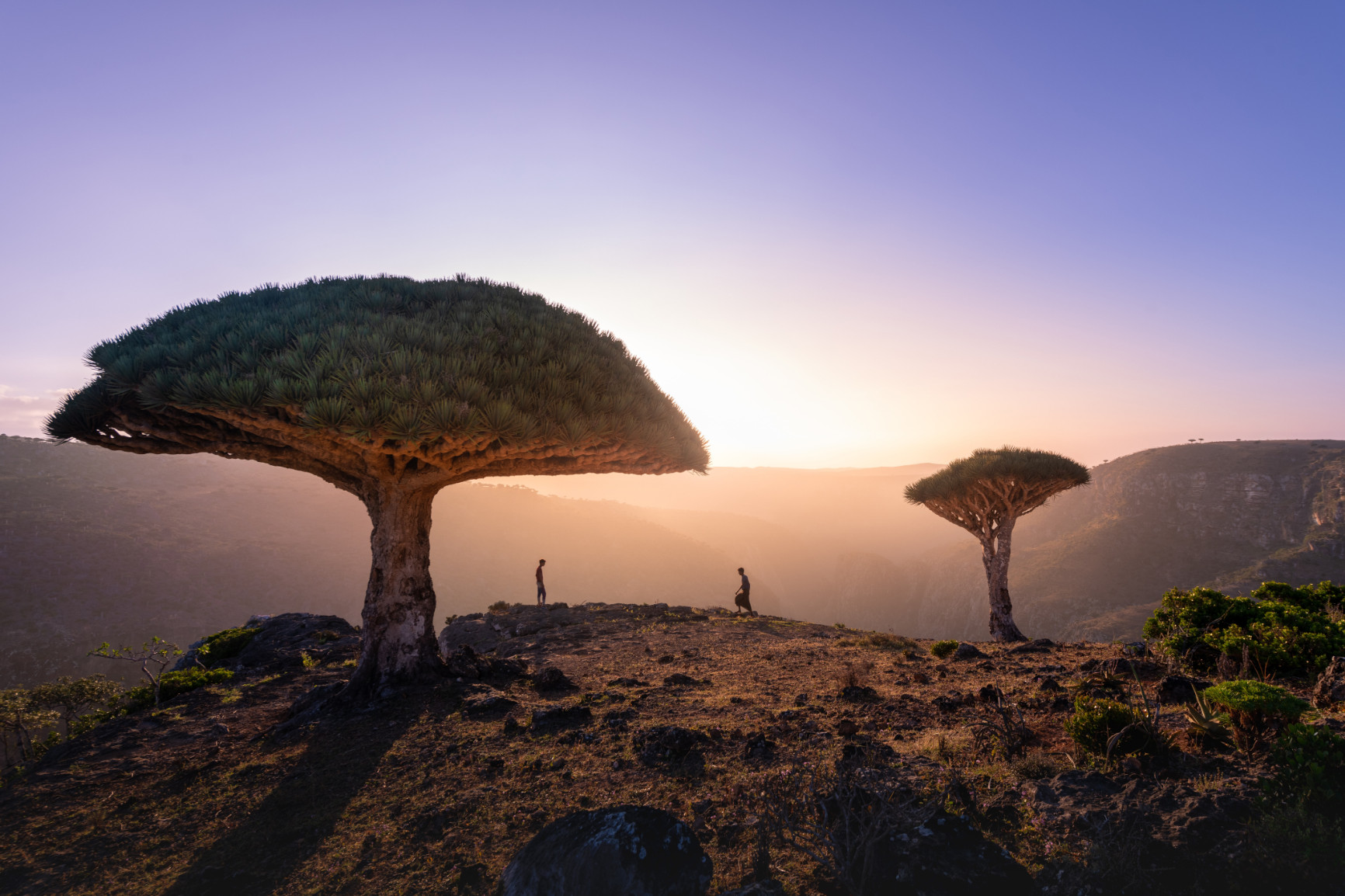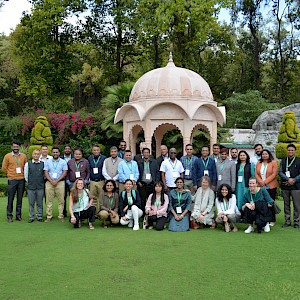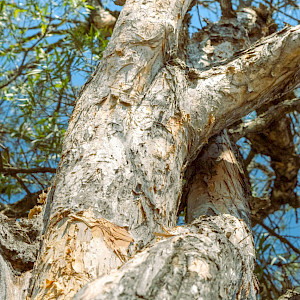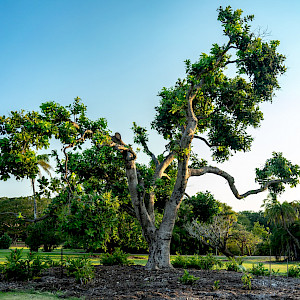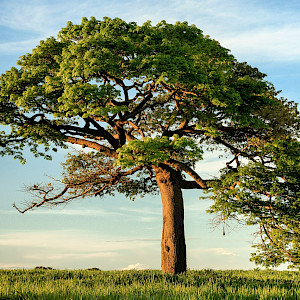The urgency around restoration
There has never been a more pressing time to restore our ecosystems. The effects of climate change and degradation that have been witnessed around the world have indicated the dire state of our planet. We’ve seen these impacts in our wetlands, tundras, deserts, oceans and beyond in both uninhabited and densely populated areas with predictions looking dire for the most delicate ecosystems. Marine ecosystem powerhouses, like coral reefs, are expected to be under critical threat by 2050 with potentially 90% threatened and 60% facing high, very high, or critical threat levels. Without taking concrete steps to stabilize, reverse and mitigate degradation, the damage that has and will continue to be done will become more difficult to reverse.
Thriving ecosystems have the power to unlock nature-based solutions to solve earth’s biggest challenges like climate change and also smaller, but just as impactful environmental, economic and societal challenges in local communities. Not only do healthy ecosystems contribute to successfully mitigating and adapting to risks posed by climate change, but prosperous ecosystems also provide food sources, green spaces, habitats, livelihoods, shelter, and enhanced access to water. The continued degradation of ecosystems is a missed opportunity for finding sustainable solutions that benefit people and the planet. Fortunately, where degradation is the problem, restoration is the answer.
What does restoration look like?
Ecosystem restoration is defined by the UN as “the process of halting and reversing degradation, resulting in improved ecosystem services and recovered biodiversity. Ecosystem restoration encompasses a wide continuum of practices, depending on local conditions and societal choice”. Many of the most common restoration activities include tree planting, coral rehabilitation, forest rewilding, invasive species eradication, natural ground-water filtration introduction, or green space creation. Restoration activities can be used to achieve long-term goals that increase the amount and quality of biodiversity, improve air and water quality as well as community stewardship, economic autonomy, and overall harmony. Restoration is a powerful tool that can be used to empower local voices, indigenous communities, and cultivate individual and collective responsibility.
How can communities get involved?
Although we do need governments, large corporations, and other powerful organizations to act to prevent further large-scale degradation, we should not overlook the potential of individuals and communities to solve local and region-specific problems. With the right capacity and knowledge, every individual and community has the power to become changemakers in their own area. Let’s take a look at some of the key considerations when taking action to restore our ecosystems.
IUCN website link: www.iucn.org/news/nature-based-solutions/202111/how-ignite-ecosystem-restoration-your-community

